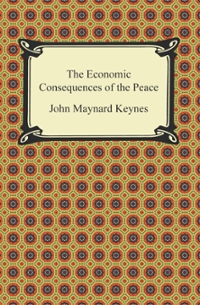Answer all
The number of new customers generated per month by different branches of a small building society is being monitored for employee bonus purposes. Head Office has collated the figures sent in by four branches over recent months, which are as follows: Branch 1: 11, 5, 4, 9, 3, 0 Branch 2: 9, 7, 6, 8, 12 Branch 3: 5, 4, 5, 6, 0, 8, 6 Branch 4: 7, 8, 12, 0, 1, 15, 6 There are different numbers of figures because of incomplete data being sent to Head Office. (i) You have been asked to investigate whether there is any difference between the mean number of new customers generated in each branch. Carry out an appropriate test and explain your conclusion. [6] (ii) State the assumptions you made in this analysis. [2] [Total 8]Example 6.3 Consider an endowment insurance with term a years and sum insured S payable at the earlier of the end of the year of death or at maturity, issued to a select life aged x. Premiums of amount P are payable annually throughout the term of the insurance. Derive expressions in terms of 51 P and standard actuarial functions for (a) the net future loss, E51 (13) the mean of L\" , (c) the Tvariance of B5, and, (d) the annual net premium for the contract. Exercise 6.1 You are given the following extract from a select life table with a four-year select period. A select individual aged 41 purchased a three-year term insurance with a net premium of $350 payable annually. The sum insured is paid at the end of the year of death. [x] [x]+2 4x]+3 1x+4 x+4 [40] 100 000 99 899 99 724 99 520 99 288 44 [41] 99 802 99 689 99 502 99 283 99 033 45 [42] 99 597 99 471 99 628 99 030 98 752 46 Use an effective rate of interest of 6% per year to calculate (a) the sum insured, assuming the equivalence principle, (b) the standard deviation of Lo, and (c) Pr[Lo > 0]. Exercise 6.2 Consider a 10-year annual premium term insurance issued to a select life aged 50, with sum insured $100 000 payable at the end of the year of death. (@) Write down an expression for the net future loss random variable. (b) Calculate the net annual premium. Exercise 6.3 Consider a 20-year annual premium endowment insurance with sum insured $100 000 issued to a select life aged 35. Assume initial expenses of 3% of the basic sum insured and 20% of the first premium, and renewalexpenses of 3% of the second and subsequent premiums. Assume that the death benefit is payable at the end of the year of death. (a) Write down an expression for the gross future loss random variable. (b) Calculate the gross annual premium. (c) Calculate the standard deviation of the gross future loss random variable. (d) Calculate the probability that the contract makes a profit










